Vietnam is a beautiful and diverse country of Southeast Asia, with a long and brave history along with vibrant culture.
There are a million reasons to explore this magnificent destination, and because we are part of Vietnam's community and love the country as much as we are proud to be Vietnam's top ten reliable tour operator, we’re sharing some of our favourite fun and interesting facts about Vietnam.
Paying tribute to its food, its incredible scenery, its archaeological marvels and its colorful mix of cultures, here are 23 reasons we find Vietnam totally irresistible – and know you will too.
Fact #1. Vietnam has the world’s largest cave.
This is probably one of Vietnam’s most amazing facts. The cave in question, Son Doong, was discovered in 1991 in the Phong Nha-Kẻ Bàng National Park, near the Laos border. It is remarkable for a number of reasons.
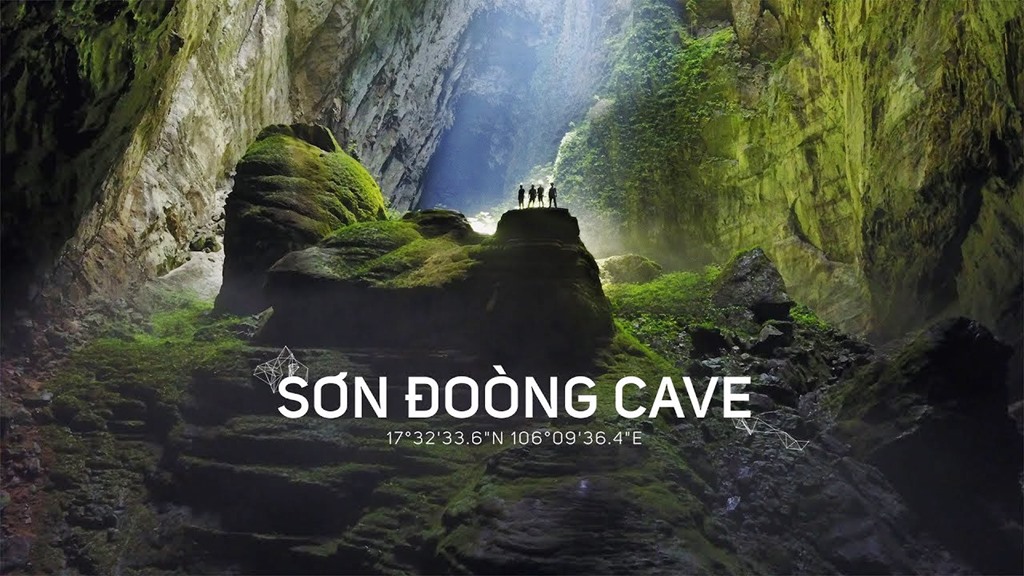
Firstly, it’s gigantic – it measures more than 5 kms in length, and is 200 metres high and 150 metres wide. It also has a 60-meter-high calcite wall inside it dubbed ‘The Great Wall of Vietnam’, and has stalagmites that measure up to 70 meters tall. Can travelers go and explore it? Yes, but it’s not the most accessible cave in Vietnam, and it’s a dangerous trek. There are other caves in the same national park that are better set up for expeditions and just as beautiful.
Fact #2. It’s a spiritual country
Vietnam, like many Asian countries, largely follows Buddhism, and as a result, you’ll find countless beautifully decorated temples and shrines across the country, everywhere from subterranean caves to mountain peaks.
Cao Dai Temple - Vietnam
Some of Vietnam’s must-visit temples include the Tran Quoc Pagoda from the 6th century, the bright, candy-colored Cao Dai temple in Saigon and the 1070 Temple of Literature, built to honor Confucius. Make sure you include some temple time on your Vietnam itinerary. Vietnam Travel Group can also give you some advise to help building your own trip's plan.
Fact #3. The hills are alive… …with village life.
Much like neighboring Laos and China, Vietnam is home to myriad ethnic minority groups. Vietnam recognizes 54 distinct groups, with the highland groups known for their colorful day-to-day attire.
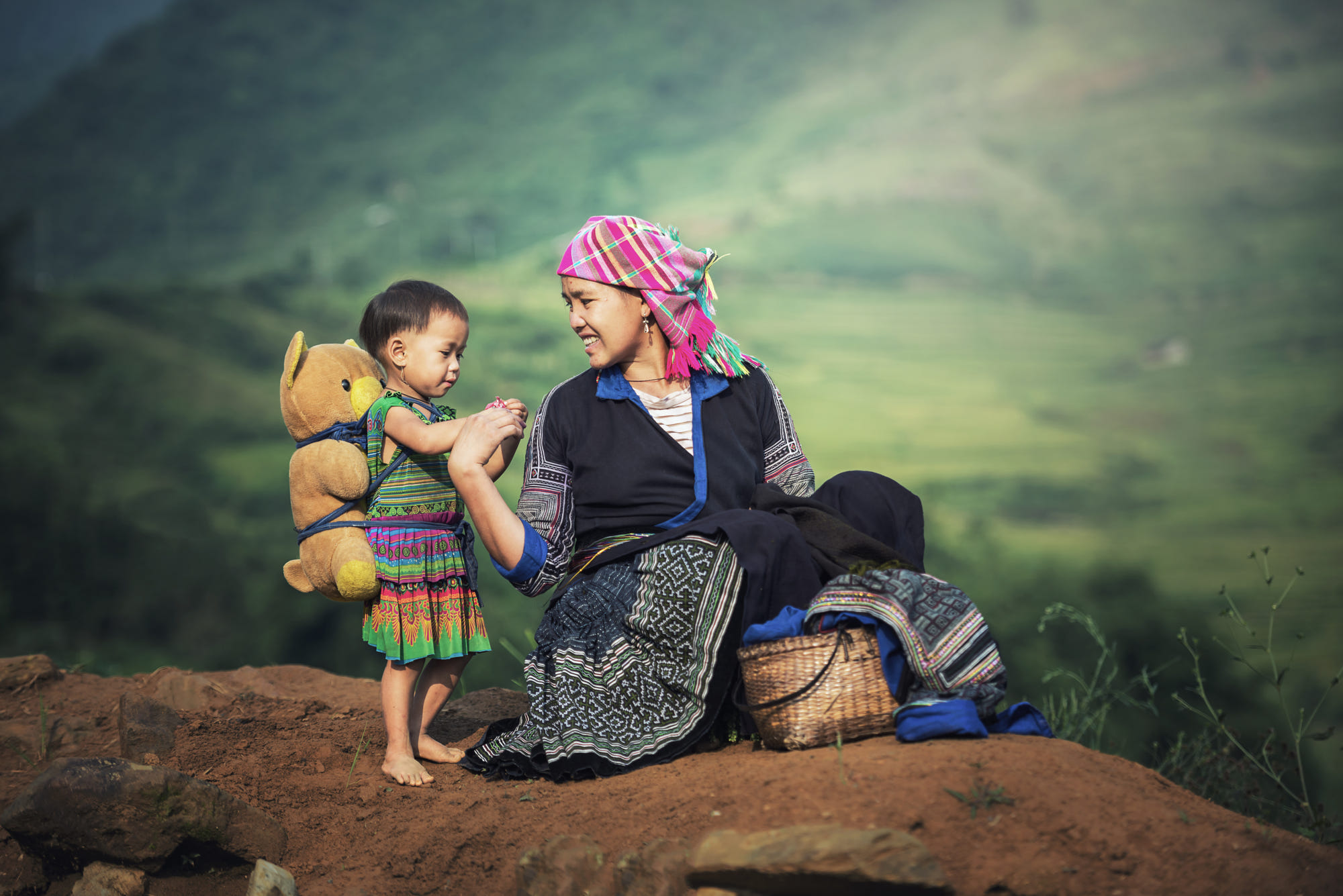
Sapa - Vietnam Travel Group
A tour of, for instance, Ha Giang or even Sapa, up in Vietnam’s northern reaches, on the Chinese border, will put you in firmly hill tribe territory. Here, the San Chay, H’mong, Zao, Tay, Nung and Lo Lo hill tribes continue traditional ways of life in ancient mountain villages, amid spectacular scenery, and their everyday dress will put your hiking gear to shame.
Fact #4. New Year is in February
For Vietnamese, the biggest shindig of the year is New Year’s day based on Lunar Calendar – known as Tết - which falls on the same day as Chinese New Year.
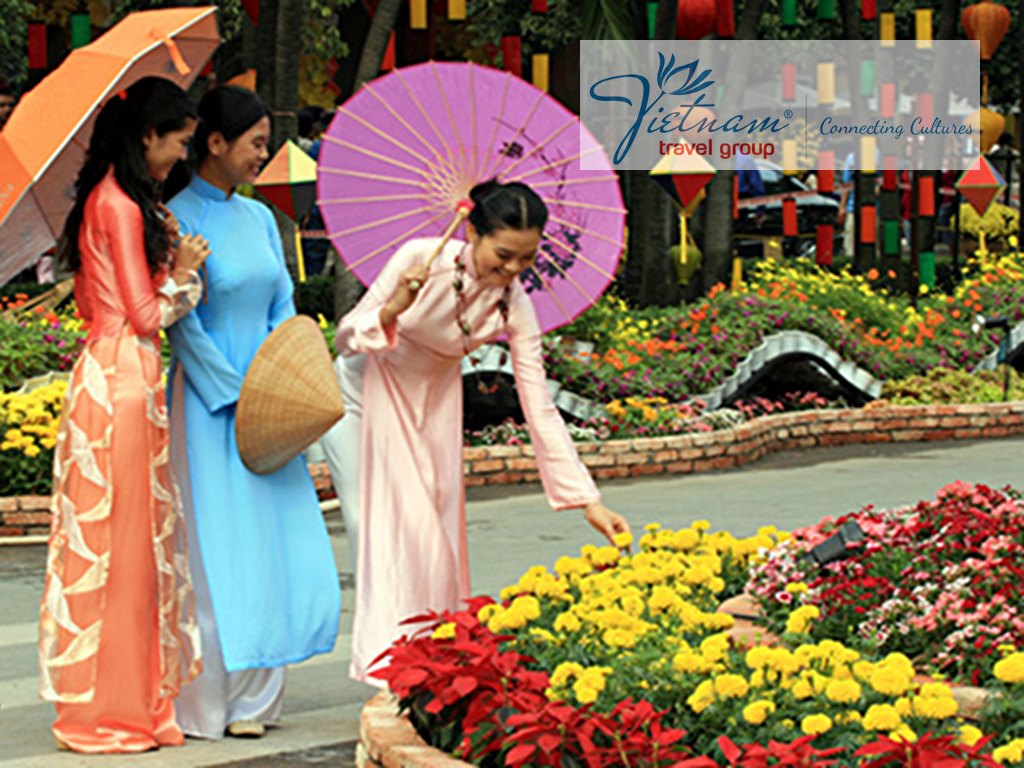
Vietnamese girls in Aodai during Tet - Vietnam Travel Group
During Tết, families celebrate together and houses are decorated with peach or apricot blossoms, signifying fertility and abundance. The first week of the new year is particularly noisy in Vietnam, with drums and gongs employed to ward off evil spirits. Children or younger people in the family or friends will be given the lucky money, put on the little decorated red pocket, by the older one or elderly. With Tet holiday, we cannot miss out Chưng cake (squared-shape cake) (Northern Vietnam), which stands for land and unity
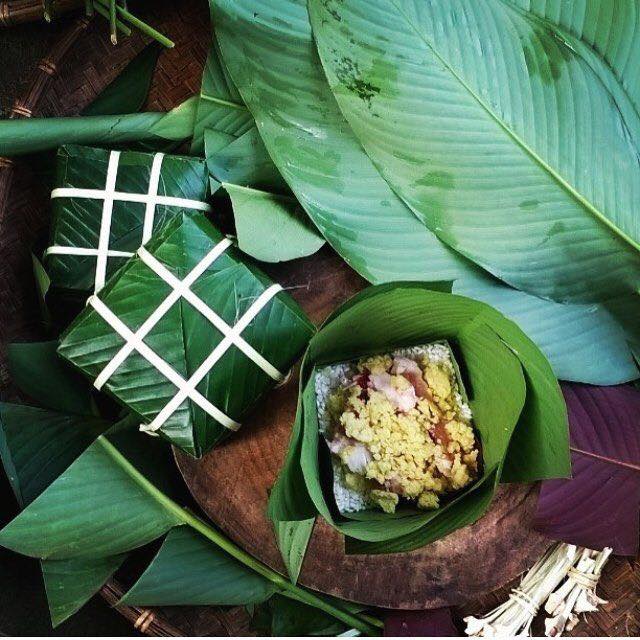
Bánh Chưng (Chưng Cake)
and Tét cake (Southern Vietnam), which stands for the love of the mother for her children.
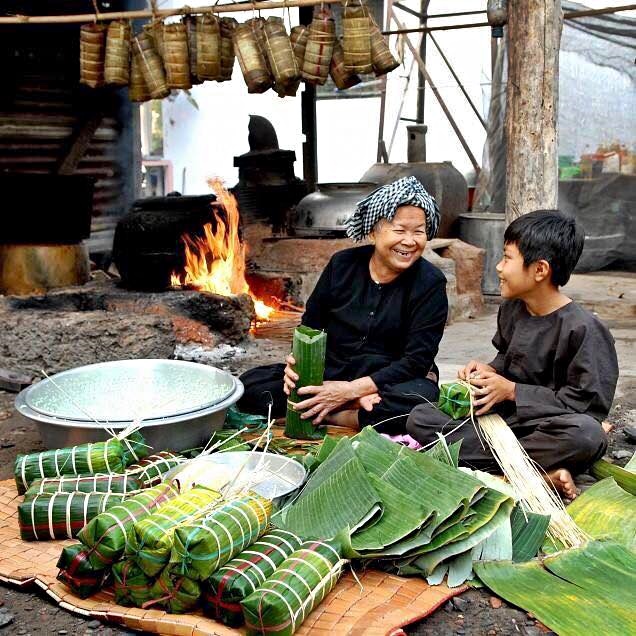
Bánh Tét (Tét Cake) - Vietnam Travel Group
Fact #5. Lots of coastline
Vietnam’s coastline stretches 3,444 kilometers in an ‘S’ shape, extending from just north of Halong Bay in the South China Sea round to the Gulf of Thailand, where Phu Quoc island sits.
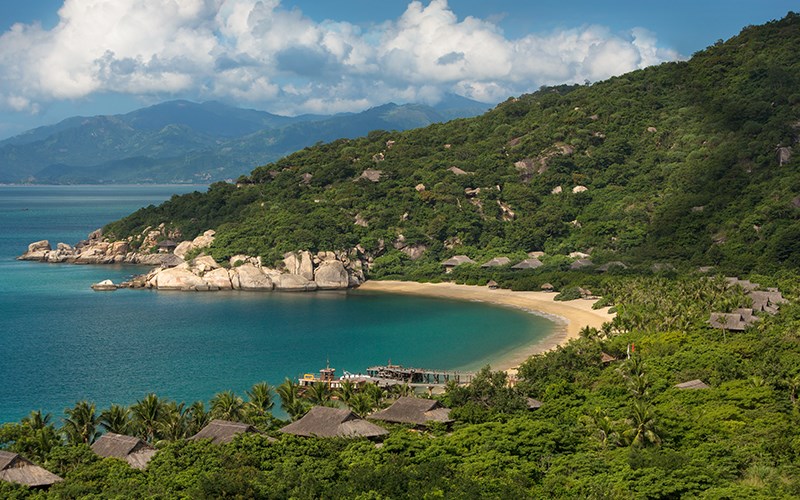
Six sense Vietnam
With that much coastline, it’s understandable that Vietnam is world famous for its beautiful beaches. We’re talking Nha Trang, Mui Ne, Con Dao, Da nang, Hue and there are even beaches close to Saigon, like Ho Tram and Vung Tau so you can take a day trip.
Fact #6. And a ton of islands
If you love island hopping, Vietnam is your kind of country.
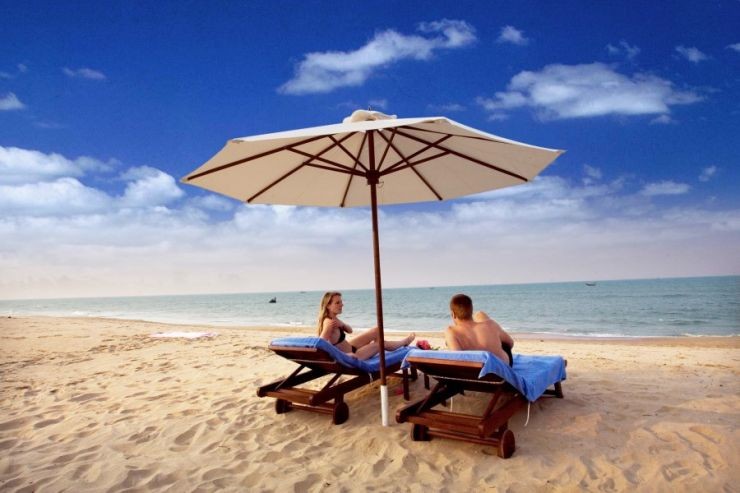
Beautiful beach - Vietnam
Aside from the world-famous Phu Quoc, there’s Con Dao, another ex-prison island, Cat Ba, up north in the vicinity of Halong, and the Cham Islands, off the coast of Hoi An. Crystal clear seas, powdery white sand and general peace and serenity await, with accommodation ranging from rustic bungalow to five-star eco-resort.
Fact #7. Culture is colorfully mixed
The legacies of Vietnam’s storied past are visible everywhere you turn.
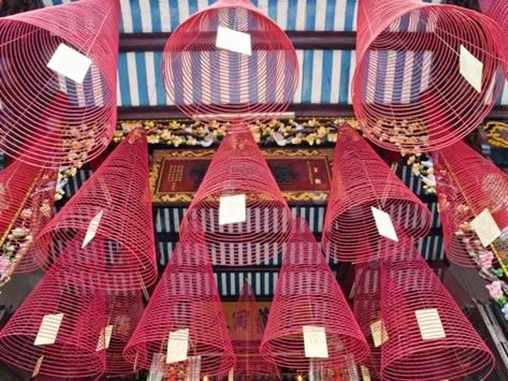
Incense coil - Vietnam
Chinese architecture and religious influences, traces of French colonialism in food and language, echoes of Japanese culture in art and martial arts, and of course more contemporary cultural holdovers from America.
Fact #8. Sapa has a love market
The dating scene sometimes needs a little help in remote communities, which is why Sapa, up in Vietnam’s northern mountains, has staged a ‘love market’ every Saturday night for the last few generations.
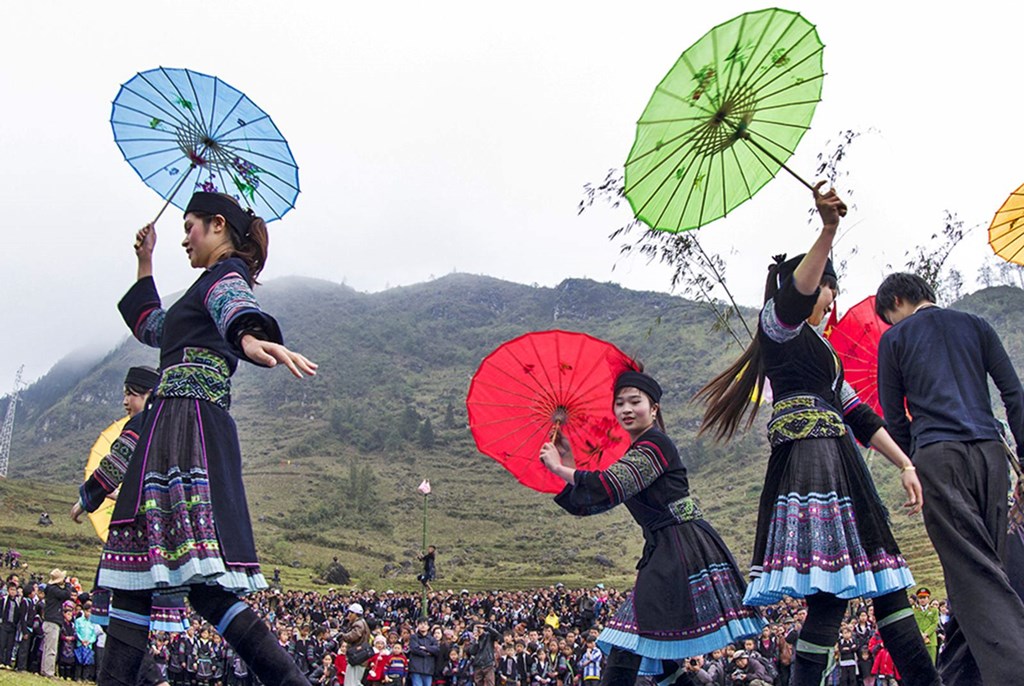
Khau Vai Love Market - Sapa - Vietnam
It’s when young Hmong singles from various villages in the surrounding area come to find other young Hmong singles, who signify their interest in each other by playing a tune on a curled up banana leaf. Love markets have become less relevant with the advent of mobile phones and the internet, so it may not be long until this tradition completely dies out.
Fact #9. Puppets walk on water
Vietnam is home to water puppetry, an art form that began in the 11th century.
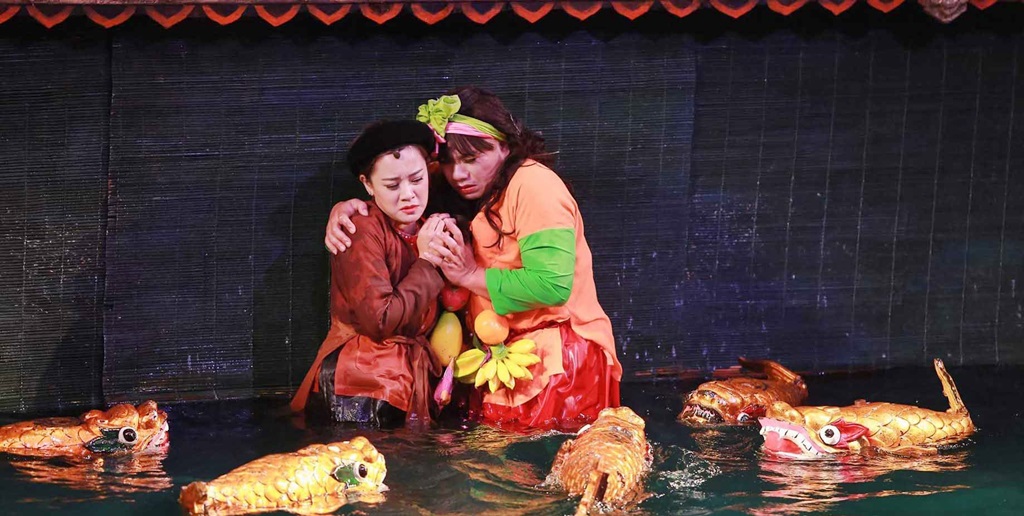
Water Puppet Show - Vietnam Travel Group
Lacquered wooden puppets are controlled by a concealed puppeteer, and seem to dance across a waist-deep pond (or a rice field, as per the performances’ origin). You can enjoy the show in both Hanoi and Ho Chi Minh City.
Fact #10. It’s a cornucopia of good eats
There are two very famous dishes in Vietnam – pho and banh mi. Pho (‘fo’) is a noodle dish made with rice noodles, chicken or beef and fresh herbs and chili. Its exact origins are unknown, though some say it takes after the French beef stew, pot-au-feu, while others say it is Cantonese.
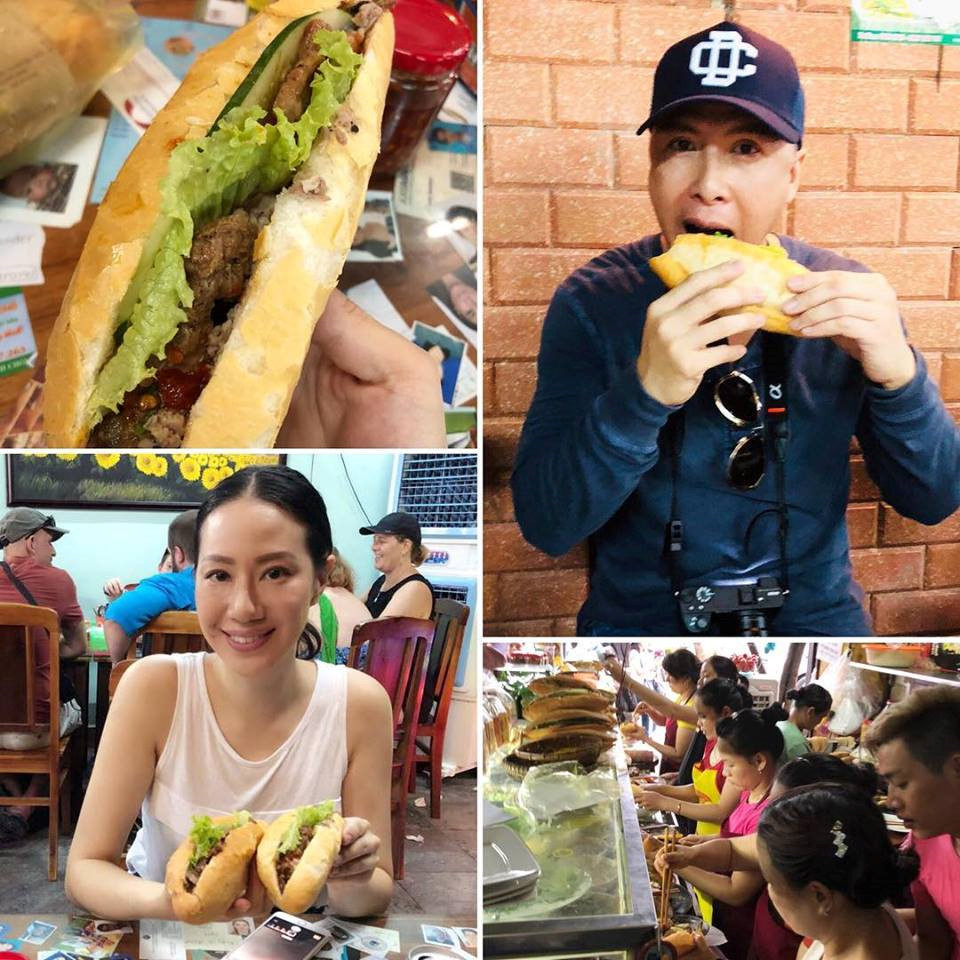
Hoi An banh mi with Hong Kong star - Vietnam Travel Group
The other dish is banh mi, which just means ‘bread’ but is a delicious baguette creation with several forms of pork and pork sausage, pate, cilantro, carrot, cucumbers and sometimes egg. There are plenty more dishes we could wax lyrical about, but the photo above of the Hong Kong star eating banh mi sums up our feelings pretty well.
Fact #11. It’s no coincidence the food tastes good
It’s engineered to include a combination of five key elements: spicy (metal), sour (wood), bitter (fire), salty (water) and sweet (earth).
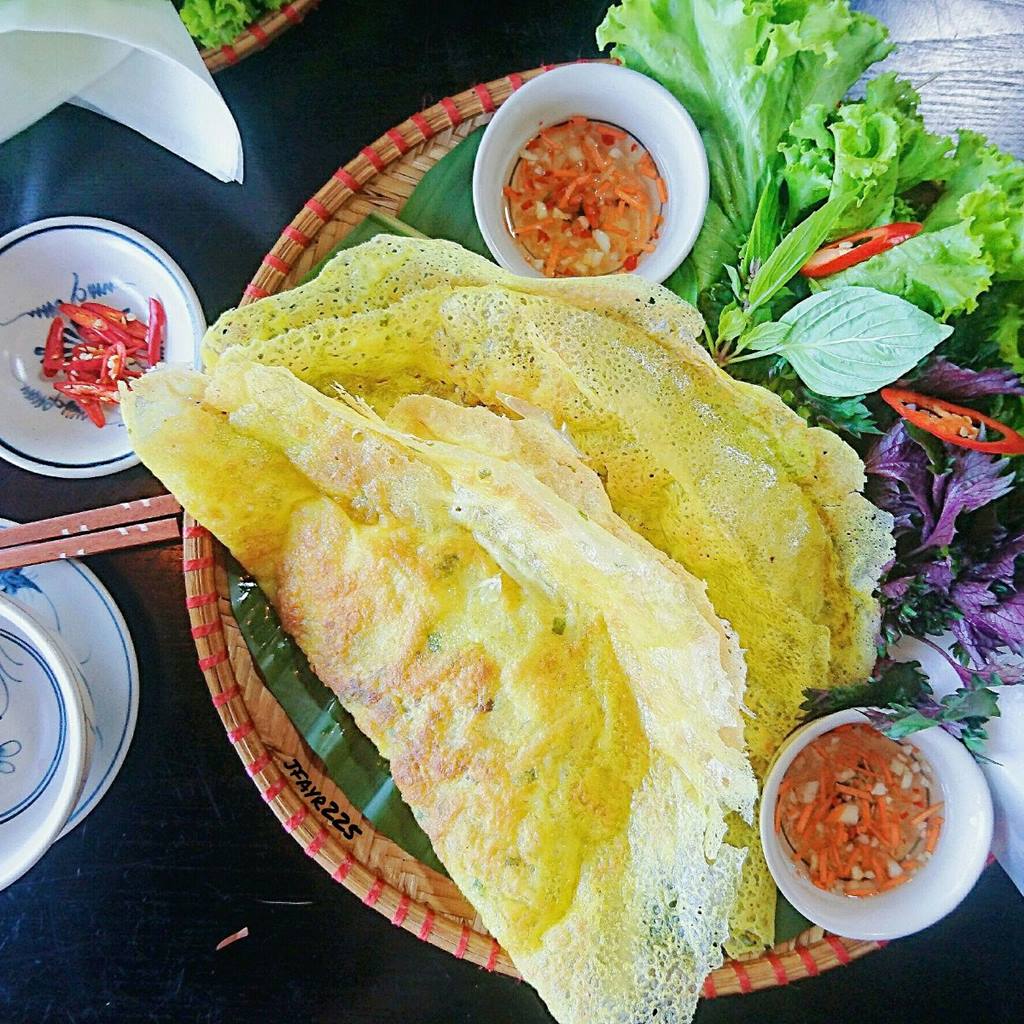
Bánh xèo - Pancake Vietnam - Vietnam Travel Group
Most of the time you get to choose how much chili and spice you want to add, via a small bowl of salt, pepper, fresh chilies and lime in the middle of the table, while dipping sauces are usually in abundance when dining ‘family-style’ (plate sharing).
Fact #12. It has a cave that’s even longer than the largest cave in the world
In the same national park as the world’s largest cave lies Phong Nha cave, a 7.7-kilometer long cave with a subterranean river that’s nearly 14 kilometers long. Only the first 1.5 kilometers is open to visitors, but this first section alone should keep most travelers satisfied, with several grottoes, immense stalacmites, cave ponds and towering stalactites.
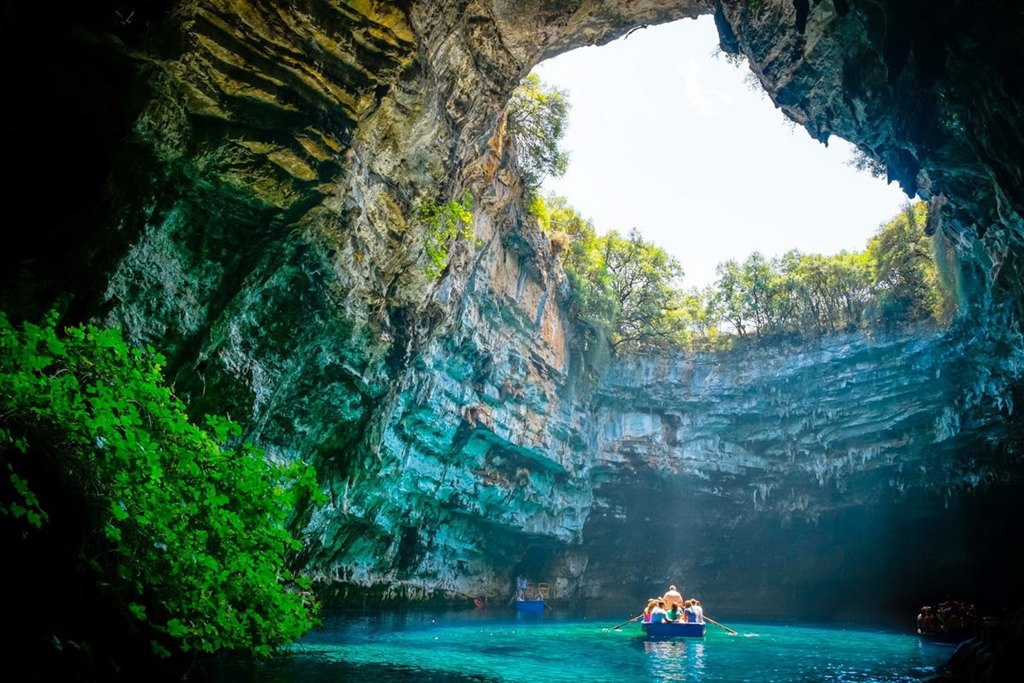
Hue Travel - Phong Nha Cave - Vietnam Travel Group
Phong Nha is much more accessible than Son Doong – it’s one of the most popular tourist attractions in Vietnam. For an insider’s experience that gets you closer to nature, a trekking and camping trip across the national park can’t be beat.
Fact #13. Tiny underground tunnels to explore
Close to Saigon, Củ Chi district is home to another incredible site – the famous Củ Chi Tunnels. Made by the Viet Cong during the Vietnam War (or ‘the American War’, as it is known locally), the tunnels stored ammunition and served as both a hiding spot and as living quarters for Vietnamese resistance fighters. The original system comprised a labyrinth of up to 150 miles’ worth of tunnels, housing first aid barracks, kitchens, sleeping bunks and traps, with some segments only large enough to crawl through on your stomach.
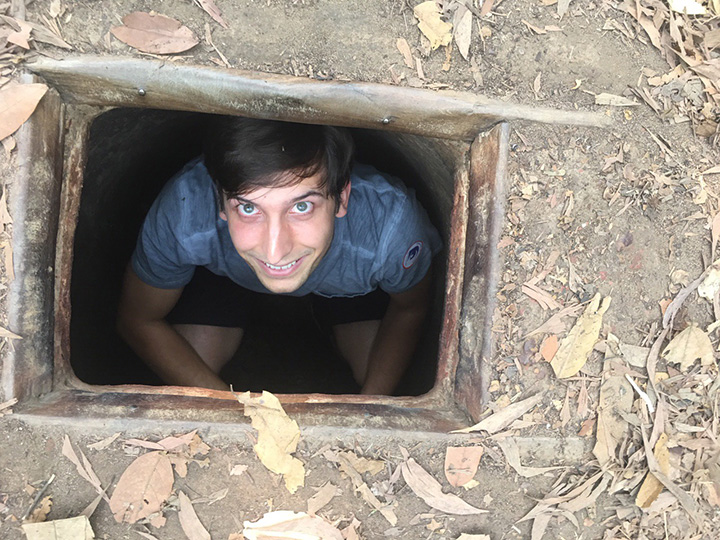
Cu Chi Tunnels Tour - Vietnam Travel Group
Today, visitors can walk through some of the larger original tunnels, and some sections have been recreated to make them larger and more accessible. We have availability for daily half day tour to Cu Chi or even full day combination tour with Cu Chi Tunnel.
Fact #14. Vietnam is nuts for cashews
In fact, the country is the largest exporter of cashews in the world… and the largest importer of them as well.

Figure from 2014 - Data for Cashew Export in the World
Domestic suppliers apparently can’t keep up with demand, so cashews are imported from its neighbor including Cambodia and various African countries. Two other significant exports are rice and coffee.
Fact #15. It has 8 UNESCO sites
They are: the Complex of Hué Monuments, Hoi An Ancient Town, My Son Sanctuary, the Central Sector of the Imperial Citadel of Thang Long in Hanoi and the Citadel of the Ho Dynasty, which are all cultural sites.
Ha Long Bay - Vietnam Travel Group
Then Ha Long Bay and Phong Nha-Ke Bang National Park which are natural sites, while Trang An Landscape Complex is both a natural and cultural site. Trang An and Halong Bay are two of our favorite scenic sights in all of Asia.
Fact #16. The wine has extra bite
Rượu rắn is a well-known Vietnamese rice wine infused with an entire snake.

Snake wine - Vietnam
The drink is believed to restore vitality according to Traditional Chinese Medicine, and is generally consumed by the shot. Venomous species are preferred, though the venom is broken down by the alcohol and does not post a threat to the drinker.
Fact #17. A hotbed of habitation
Humans have loved Vietnam for a very long time – since before there were even humans. Archaeological excavations in northern Vietnam show signs of habitation dating back to the Paleolithic age (2-2.5 million years ago), the time of Homo habilis.
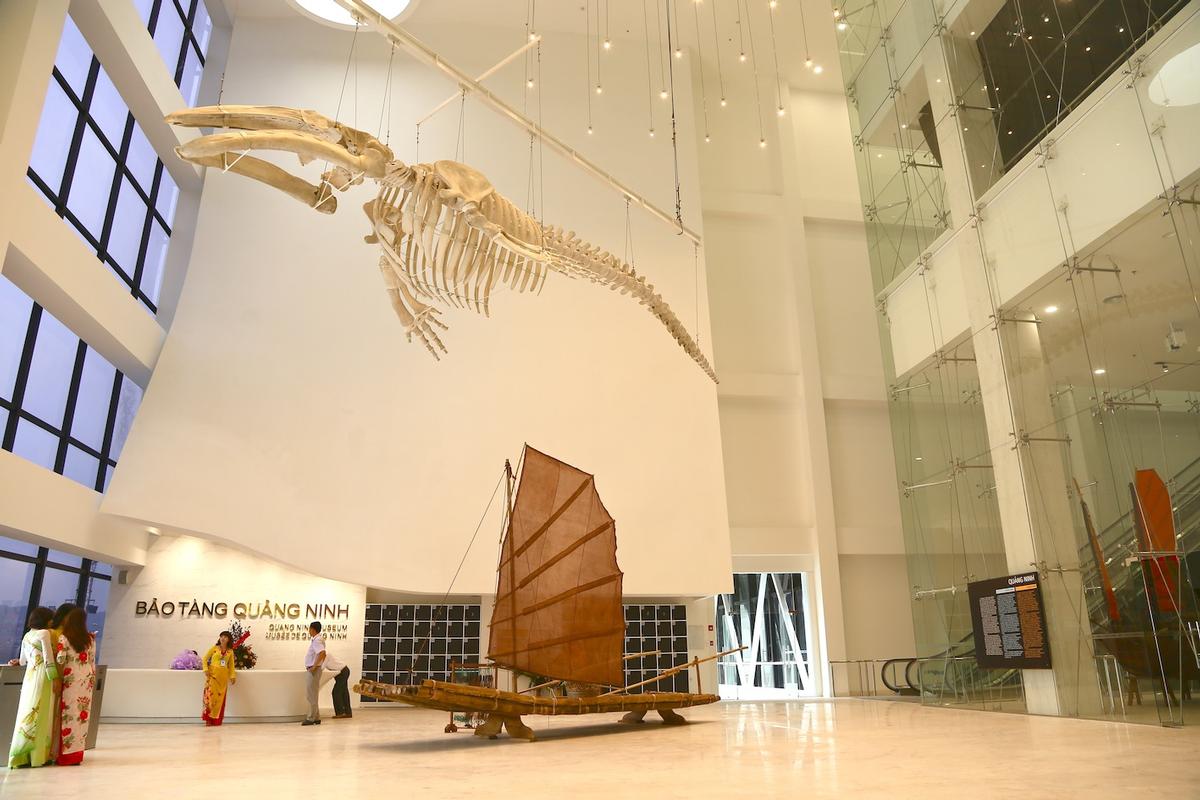
Quang Ninh Museum - Vietnam Travel Group
There are also caves in Lạng Sơn and Nghệ An in northern Vietnam where a 500,000-year old Homo erectus fossil has been found. Quang Ninh Museum in Halong Bay has some interesting prehistoric relics on display, amid three floors of natural and cultural history.
Fact #18. Home to other animals
Vietnam is ranked 16th worldwide for biological diversity. There are nearly 16,000 different species of plants within its borders, 840 bird species and 310 mammal species, 78 of which are endemic.
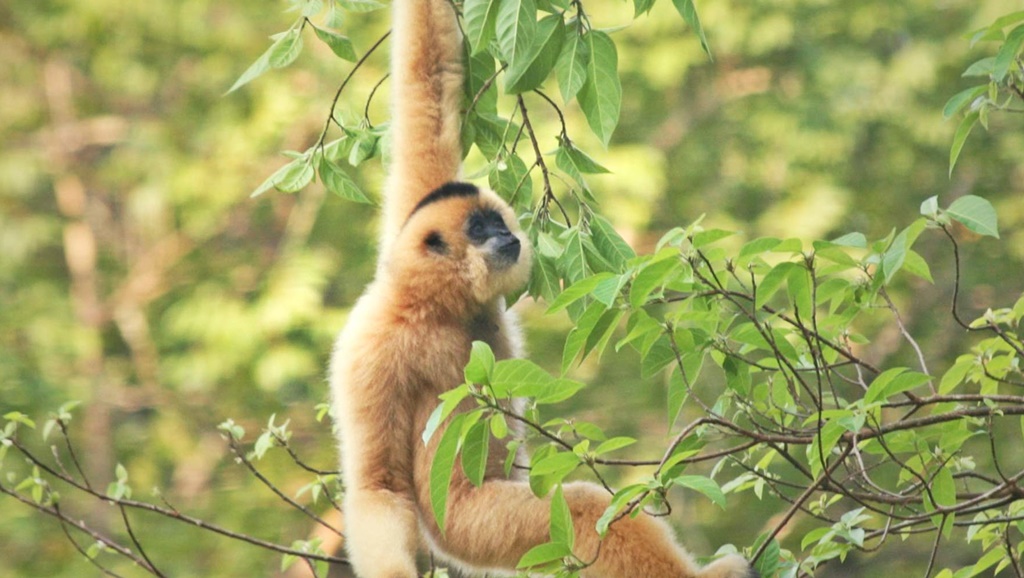
Nam Cat Tien National Park - Vietnam Travel Group
Some animals you’ve probably never even heard of, including the saola – a type of antelope, the Hatinh langur – a highly threatened monkey and the Pu Hoat muntjac – a newly discovered deer. Up to 10% of Vietnam’s wildlife is threatened, though its six Biosphere Reserves provide some protection.
Fact #19. Vietnam knows how to make a unique drum
Dong Son drums, dating back to 600 BCE, are renowned for their detailed metalwork. Cast in bronze and weighing up to 100 kilograms apiece, the drums are decorated in intricate designs – patterns, scenes of war and daily life, animals, stars and suns.
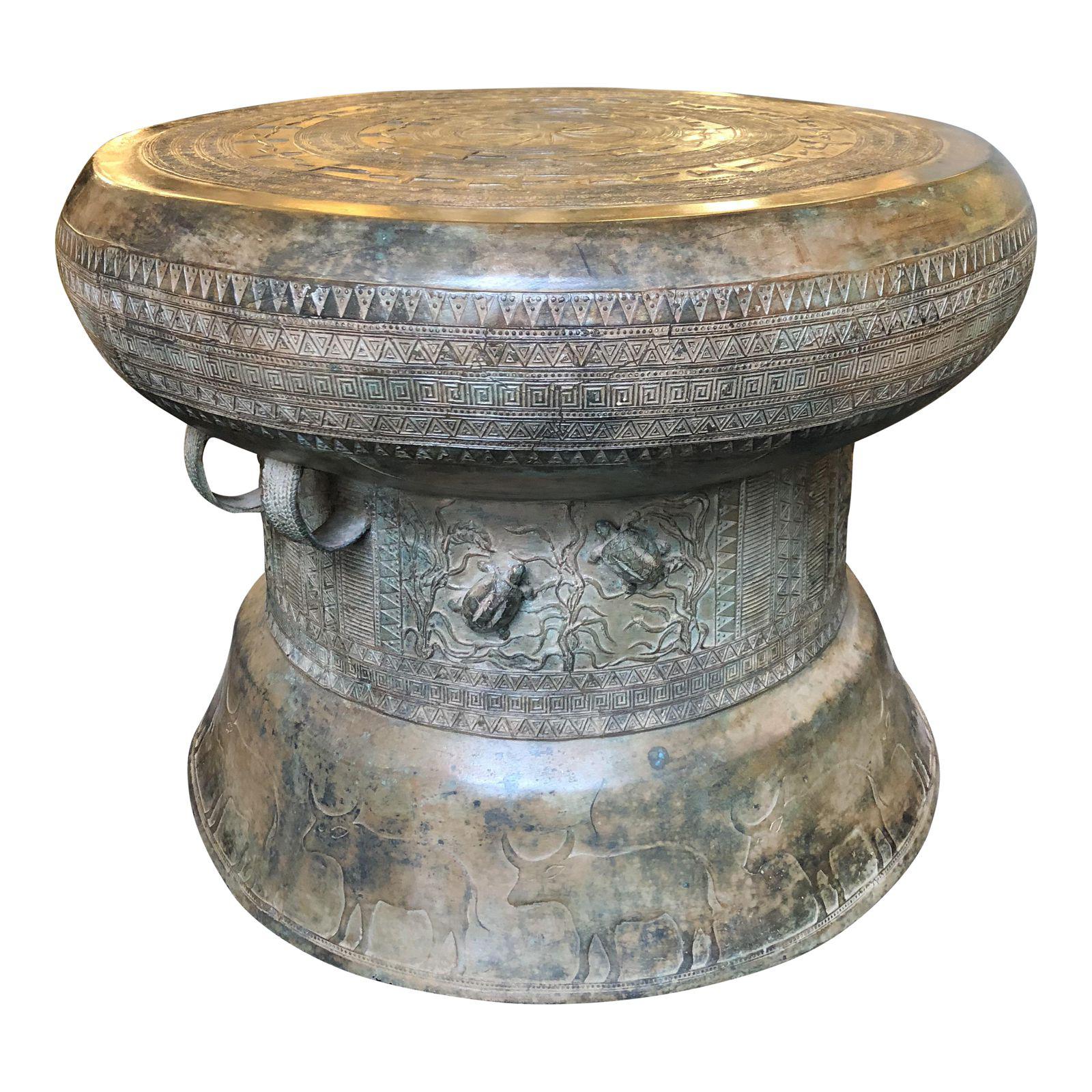
Dong Son Drum - Vietnam Travel Group
They were used during festivals, weddings and various celebrations, and were symbols of tribal power, later traded and found as far afield as West Papua.
Fact #20. Halong wasn’t built in a day
Halong Bay’s karsts are thought to have evolved over a period of 20 million years. The entire area stretches over 1,553 square kilometers and contains up to 2,000 islets, with 775 islets in the core bay area.
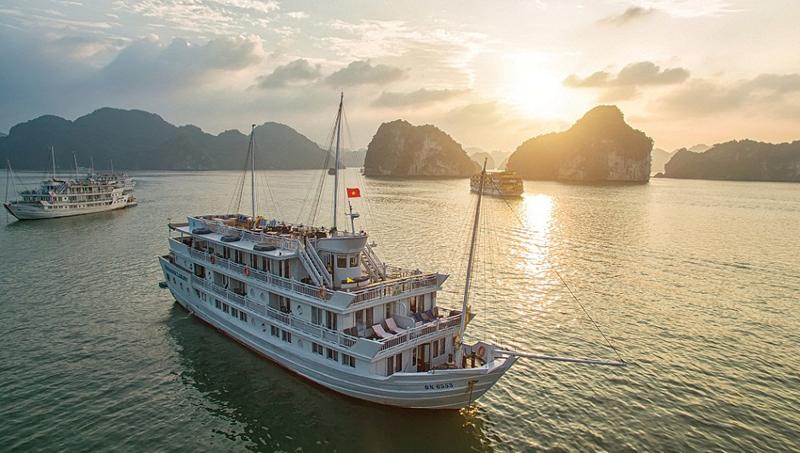
Ha Long Bay Cruise - Vietnam Travel Group
It’s one of Vietnam’s most bio-diverse zones, with signs of human habitation dating back tens of thousands of years. One of the best ways to appreciate this beautiful area is on a luxurious overnight cruise through the karsts, watching sunset – and sunrise – from the deck. The surrounding city is a well-developed coastal destination with an amusement park on the foreshore and soaring cable cars over the water.
Fact #21. It’s a great place for a little indulgence
If you like seriously pampering vacations, Vietnam lets you enjoy the good life in style.
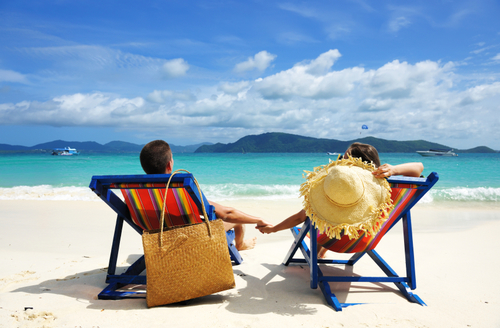
Honeymoon getaway - Vietnam Travel Group
You can tour Saigon city on the back of a vintage Vespa, arrange lunch in a private house garden belonging to one of the country’s most respected architects, and go boutique shopping in Hanoi – all with a private drive and guide to give you the insider’s story.
Fact #22. There’s plenty of romance
For culture vultures who like to be whisked away on a nostalgic trip through the colonial arts, there’s an opportunity to walk in the footsteps of Marguerite Duras. One of France’s most famous authors, Duras lived in Saigon and Sa Dec on the Mekong River.

Huynh Thuy Le House - Sa Dec - Vietnam Travel Group
You can visit the house of her lover (as portrayed in the semi-autobiographical novel The Lover) and even see where she went to school. A perfect itinerary for the bookworms and dreamers.
Fact #23. Vietnam has sun year round
While winter is the best time to visit for beach and island holidays, there is literally never a bad time to visit Vietnam.
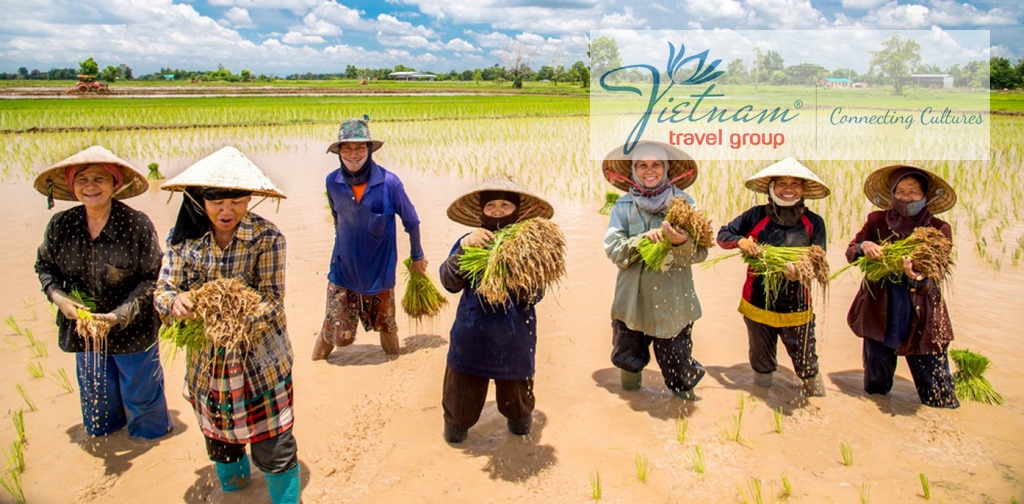
Local Vietnamese Farmer - Vietnam Travel Group
It also has high altitude destinations where the weather is downright cold. When you’ve had enough of chilly mountain air, you can head to the southern lowlands for tropical temperatures and plenty of sunshine. Win/win situation!
Vietnam Travel Group Team